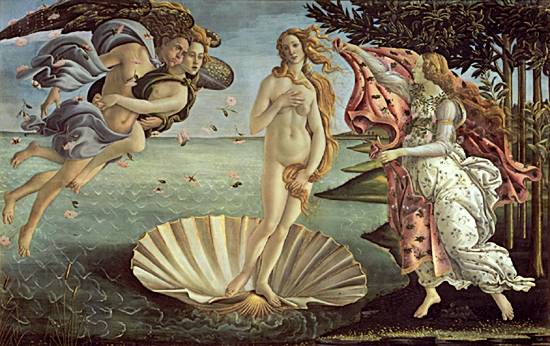Paranoid Theory: The Ape That’s All Wet
By:
August 5, 2009
Elaine Morgan is a Welsh screen writer whose credits include Dr Finlay’s Casebook and How Green Was My Valley. But for more than thirty years she is best known as a stalwart defender of the theory that mankind descended from aquatic apes.
Morgan has passionately advanced this notion in some half-dozen books since the early 1970s. Most recently she defended her theory at the bespoke intellectual salon juggernaut TED’s global meeting in Oxford. In Darwin’s bicentenary year, she warns, evolutionists will chime in to “enlighten us on almost every aspect of Darwin… [but] there’s one aspect of this story which they have thrown no light on, and they seem anxious to skirt around and step over it and talk about something else.” In language like this we catch the distinct timbre of paranoid theory.
But hold on. While the Aquatic Ape hypothesis shares traits with Intelligent Design — notably, a reliance on post-hoc just-so stories rather than testable hypotheses and empirical evidence —Morgan’s paranoid critique of mainstream science deserves our admiration. For hers is a critical science, not an empirical one. Morgan’s interest in evolution began with a justifiable frustration with male-centered explanations of human traits; she grew zealous as she came to know the gender-skewed structure of authority in academic natural history and the generally sketchy nature of paleontological evidence.

The idea has an interesting history. Anaximander first speculated mankind’s descent from water creatures in the sixth century BC. In the early twentieth century, eminent marine biologist Alister Hardy noted that in several traits (hairlessness, subcutaneous fat deposits, conscious control of the breath) humans bear a resemblance to some aquatic mammals. Desmond Morris visited the theory in his highly popular book The Naked Ape, where Elaine Morgan first encountered it. In its defense she has conducted an admirable-if-eccentric course of scientific criticism in the public sphere, which she charmingly expounds in her TED talk.
Did humankind crawl from the seas a second time in a slightly farcical sequel of life’s terrestrial adventure? It’s highly unlikely. But Morgan’s spirited, romantic defense of her ideas makes for a bracing plunge in the energizing waters of paranoid theory.
